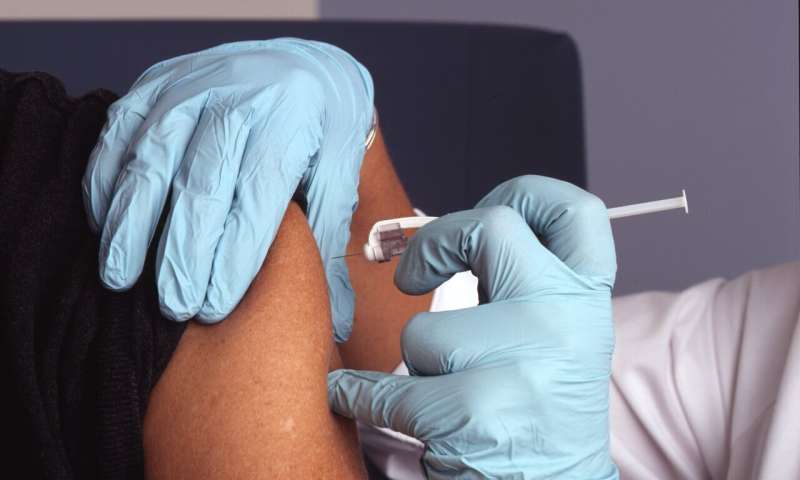Understanding Vaccine Hesitancy: The Interplay of Social, Technological, and Psychological Factors

Vaccine hesitancy poses a significant challenge to public health, driven by social, technological, and cognitive factors. This article explores the complex roots of vaccine mistrust and strategies to address them.
Vaccine hesitancy remains a significant obstacle to global public health progress, especially as recent increases in vaccine-preventable disease outbreaks threaten decades of hard-won gains. The decline in vaccination coverage, evident across countries like the United States and Canada, underscores the pervasive nature of this issue. In the U.S., vaccination rates for routine childhood immunizations have decreased, while in Canada, a surge in measles cases illustrates similar concerns.
This decline is frequently attributed to misinformation and disinformation circulating through various channels, particularly social media. Researchers have applied operations research and social network analysis to better understand the roots of vaccine hesitancy. Their studies highlight that anti-vaccine sentiments are propagated through social media networks and are reinforced by psychological reactance, which can diminish individuals' health literacy and influence health-related behaviors.
The roots of skepticism are complex, involving personal fears of side effects, the tendency to underestimate risks, and confirmation bias—where individuals seek information that confirms pre-existing beliefs. Cognitive biases, such as optimism bias and naturalness bias, further entrench vaccine refusal. The misconception of rational decision-making is challenged by findings from behavioral economics and psychology, which show humans often rely on heuristics and suffer from bounded rationality, leading to decisions that are not fully rational.
Understanding psychological and environmental predictors is vital. While stable demographic factors like age, education, and geographic location influence vaccination rates, attitudes and thought patterns are more malleable and can be targeted for intervention.
Social dynamics also play a critical role. Studies reveal that vaccination behaviors can fluctuate over time, often driven by peer influence and herd behavior. Notably, vaccination hesitancy can lead to boom-and-bust cycles, creating pockets of unvaccinated populations that threaten herd immunity.
The COVID-19 pandemic has further demonstrated how misinformation on social media exacerbates vaccine hesitancy. Content that is unflagged or misleading can have a magnified impact, significantly undermining vaccine confidence. Investigating the role of social networks in misinformation dissemination can help devise strategies to improve vaccine literacy.
In conclusion, vaccine hesitancy is driven by a multifaceted mix of social, technological, cognitive, and environmental factors. Addressing these issues requires a nuanced understanding of human psychology, social influences, and the digital information landscape, facilitating more effective communication and intervention strategies to foster trust and improve vaccination rates.
Source: https://medicalxpress.com/news/2025-08-vaccine-hesitancy-social-technological-issues.html
Stay Updated with Mia's Feed
Get the latest health & wellness insights delivered straight to your inbox.
Related Articles
New Long Noncoding RNA Identified as Potential Target for Prostate Cancer Therapy
A new study identifies a specific long noncoding RNA, PRCAT71, as a potential biomarker and therapeutic target for prostate cancer, revealing new pathways for treatment.
Chronic Insomnia Linked to Accelerated Brain Aging and Cognitive Decline
Chronic insomnia is associated with faster cognitive decline and brain aging, increasing the risk of dementia. New research highlights the importance of sleep health for maintaining cognitive resilience in older adults.



